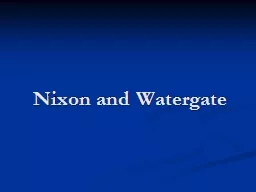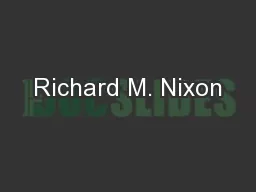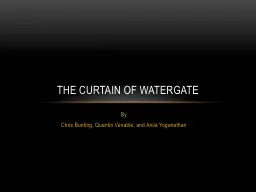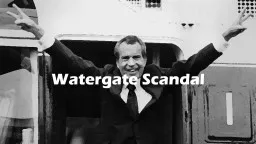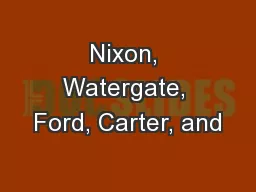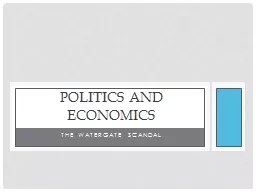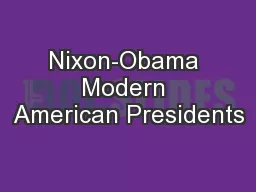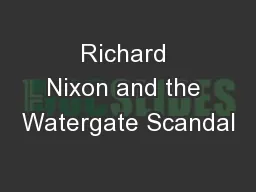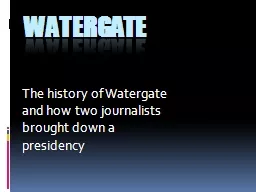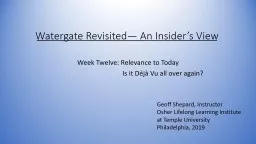PPT-Nixon and Watergate The Election of 1968
Author : sherrill-nordquist | Published Date : 2018-11-10
Richard Nixon only narrowly won the 1968 election but the combined total of popular votes for Nixon and Wallace indicated a shift to the right in American politics
Presentation Embed Code
Download Presentation
Download Presentation The PPT/PDF document "Nixon and Watergate The Election of 1968" is the property of its rightful owner. Permission is granted to download and print the materials on this website for personal, non-commercial use only, and to display it on your personal computer provided you do not modify the materials and that you retain all copyright notices contained in the materials. By downloading content from our website, you accept the terms of this agreement.
Nixon and Watergate The Election of 1968: Transcript
Download Rules Of Document
"Nixon and Watergate The Election of 1968"The content belongs to its owner. You may download and print it for personal use, without modification, and keep all copyright notices. By downloading, you agree to these terms.
Related Documents

